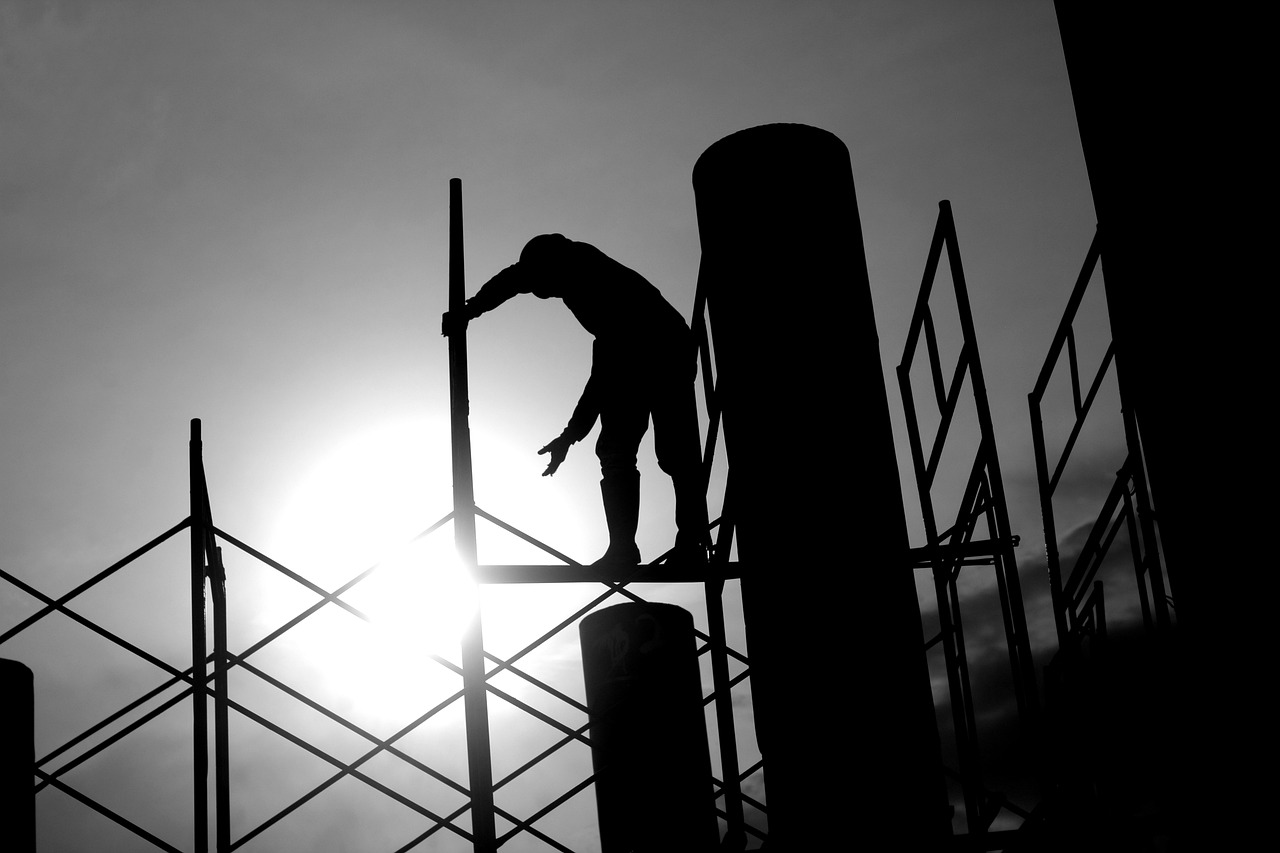In today’s fast-paced and demanding work environments, the focus on physical safety is often paramount. However, there’s another aspect of workplace safety that is equally important yet often overlooked: mental health. Just as physical injuries can occur in the workplace, mental health injuries are also a significant concern, particularly in office settings where stress, pressure, and long hours are commonplace.
In this article, we’ll delve into the issue of mental health workplace injuries in office settings, explore their causes, effects, and most importantly, discuss strategies for prevention and support.
The Invisible Epidemic
While physical injuries are often immediately visible and treated, mental health injuries can be insidious and go unnoticed for extended periods. Stress, anxiety, depression, burnout, and other mental health issues can significantly impact an individual’s ability to function effectively in the workplace. Factors such as excessive workload, unrealistic deadlines, poor work-life balance, lack of support, and interpersonal conflicts can contribute to the development of these issues.
The Toll on Individuals and Organizations
The consequences of mental health workplace injuries are far-reaching. For individuals, they can manifest as decreased job satisfaction, increased absenteeism, reduced productivity, and even more severe outcomes such as substance abuse or suicidal ideation. From an organizational perspective, these issues can lead to higher turnover rates, decreased morale, increased healthcare costs, and a negative impact on overall company culture and reputation.
Prevention and Support Strategies
Addressing mental health workplace injuries requires a multifaceted approach that involves both prevention and support strategies.
Here are some key steps that organizations can take:
Promote a Healthy Work Environment:
Foster a culture that prioritizes work-life balance, open communication, and psychological safety. Encourage employees to take regular breaks, set realistic goals, and seek help when needed without fear of stigma or reprisal.
Provide Resources and Support:
Offer employee assistance programs (EAPs), counseling services, and mental health awareness training to help employees recognize and cope with stressors effectively. Ensure that managers are trained to identify signs of mental distress and provide appropriate support and accommodations.
Encourage Workload Management:
Implement strategies to help employees manage their workloads effectively, such as task prioritization, delegation, and realistic goal-setting. Avoid overloading individuals with excessive responsibilities or unrealistic deadlines.
Promote Work-Life Balance:
Encourage employees to prioritize their well-being outside of work by promoting flexible work arrangements, offering paid time off, and discouraging a culture of presenteeism where employees feel pressured to work long hours.
Foster a Supportive Community:
Create opportunities for social connection and peer support within the workplace through activities such as team-building exercises, support groups, and wellness programs. Encourage employees to reach out to each other for support and camaraderie.Mental health workplace injuries in office settings are a significant yet often overlooked issue that can have profound consequences for individuals and organizations alike. By prioritizing prevention and support strategies, organizations can create healthier work environments where employees feel valued, supported, and able to thrive. It’s time to recognize that mental health is just as important as physical health in the workplace and take proactive steps to address this critical issue. After all, a mentally healthy workforce is essential for long-term success and sustainability in today’s competitive business landscape.










